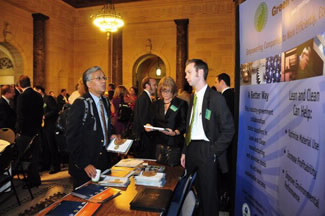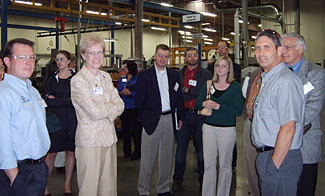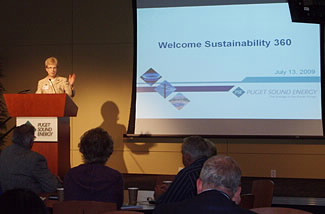Nicole Y. Lamb-Hale is the Assistant Secretary of Commerce for Manufacturing and Services.
In the summer of 2010, the Manufacturing and Services unit (“MAS”) of the U.S. Department of Commerce’s (the “Department”) International Trade Administration (“ITA”) began an optimization process with the goal of leveraging our in-depth industry and analytical expertise in the development and execution of actionable, value-added trade policy and promotion strategies. Senior leadership initiated this process because of its belief that MAS’s mission and direction needed a sharper focus to more effectively serve the needs of U.S. industry, the White House and our interagency partners. This was especially critical in the context of implementing President Obama’s National Export Initiative (“NEI”) which aims to double exports by the end of 2014 to support several million jobs. As our optimization process was underway, the U.S. Government Accountability Office (“GAO”) began its review of MAS.
The GAO completed its review as MAS was submitting its optimization plan to the Department. We are pleased that the GAO identified many of the same opportunities and challenges that were identified by MAS senior leadership in our optimization process. Indeed, the GAO report validates the improvements that MAS is making in the focus and impact of our work. As an initial matter, the GAO report delineates the unique value add that MAS brings to trade policy and promotion as gleaned from the GAO’s review of the work in MAS’s portfolio and its interviews with MAS’s client agencies. The GAO notes that “[w]hile MAS conducts activities that have similarities to activities of other agencies, officials from MAS’s client agencies stated that MAS can provide analysis that combines industry and trade expertise that is not readily available elsewhere in government.” GAO Report 11-583 at 13. Indeed, one of the highlights of the report was the observation of the Office of the U.S. Trade Representative (“USTR”) that MAS contributes significant expertise and analysis to the U.S. trade policy process that cannot be found in other government agencies or in the private sector.
The GAO notes the value that MAS brings to the development of trade policy and promotion strategies and makes recommendations that are consistent with our current focus. MAS is providing more insightful and outcome oriented analysis of issues that impact the international competitiveness of U.S. industry for use by other U.S. government agencies and by industry. MAS is also improving our value add through the development and execution of actionable strategies to advance the global competitiveness of U.S. industry. Moreover, MAS has developed decision criteria for our employees to use as a guide to determine areas of focus and the concomitant allocation of resources. These operational changes, among others, will enable MAS to more clearly communicate our mission, priorities and activities to our constituents. Further, such changes will enable MAS to obtain feedback from our constituents and track our successes.
MAS is energized by our new orientation and welcomes the opportunity to collaborate with our constituents to help U.S. industries succeed internationally.








